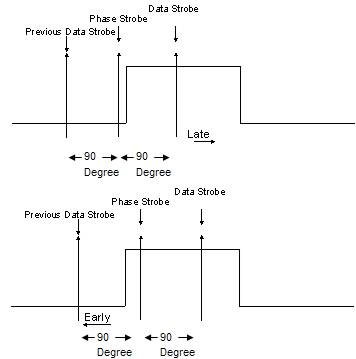I need to obtain the clock recovery PLL parameters for component qualification of TI TKL2711 general purpose gigabit transceiver. These parameters are needed for the jitter measurement software in the section of clock recovery options on the oscilloscope.
It appears to me that TI Technical Support is not in operation anymore, does anyone know the required parameters? Please help.
1. Order of PLL -- first order or second order
2. Loop BW or Jitter Transfer Function BW
3. If second order, need the damping factor?
Thanks!



